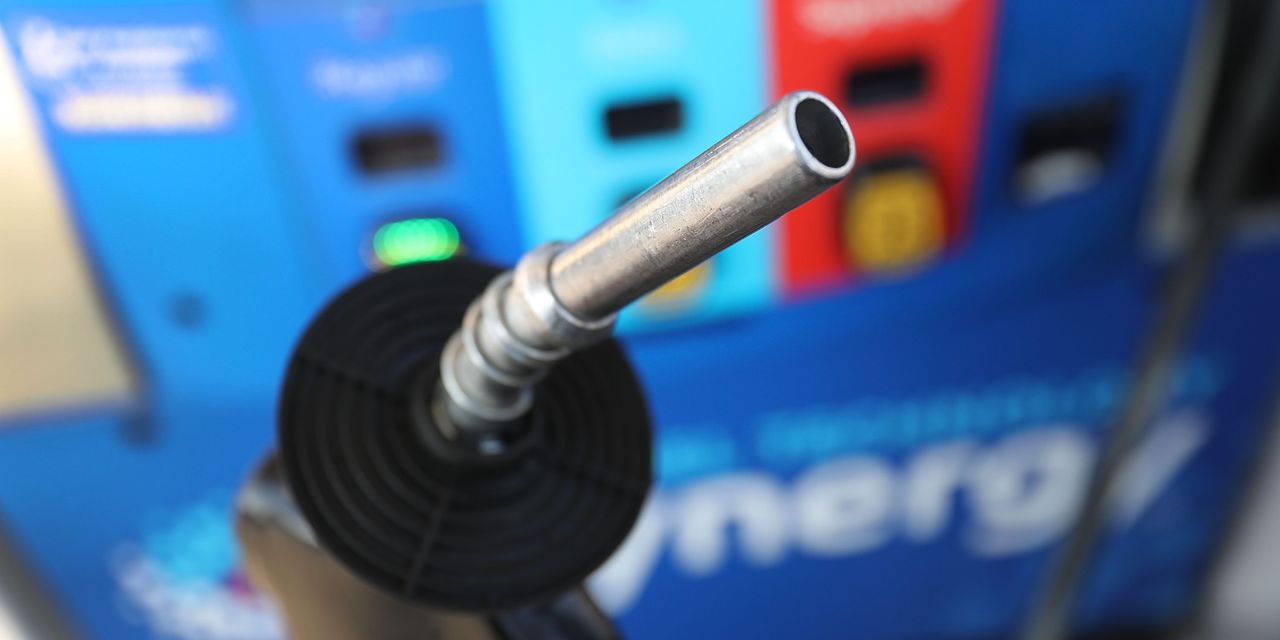Gasoline prices continued to climb Friday, hitting a national average of $3.732 a gallon on Friday, as analysts warned that upside pressure may not relent soon.
The national average price, as reported by AAA, was up from $3.587 a week ago and $3.556 a month ago. It remains above its year-ago level of $4.278, when it was on the decline after hitting an all-time high of $5.016 in June 2022 in the wake of Russia’s invasion of Ukraine.
What’s behind the move? Oil prices have rallied in July, with U.S. benchmark WTI crude
CL00,
jumping nearly 13%, topping $80 a barrel for the first time since April, as supply cuts by Saudi Arabia and other OPEC+ producers take effect and investors grow less fearful of a global economic downturn. The WTI price remains marginally negative for the year to date, and around 17% below its year-ago level.
But there’s more to pain at the pump than rising oil prices. Heat-related oil refinery outages in Louisiana and Texas are also getting part of the blame.
“Certainly the rise in oil has been a major factor in the rise in gasoline prices, but the refinery outages have certainly boosted gas prices even more,” said Patrick De Haan, head of petroleum analysis at GasBuddy.
Related: Here’s what might lead to a 10% spike in retail gasoline prices
There’s no “magic formula” to determine the exact impact from other factors such as refineries, he said, but noted that drivers were paying well over $4 a gallon last year when oil prices were at $100 a barrel. Refining capacity has been the “elephant in the room” that has caused gas prices to have less of a direct relationship with oil since the COVID-19 pandemic resulted in a loss of a significant amount of capacity, he said.
Gasoline futures
RB00,
have jumped around 13% in July, bringing the wholesale price to near $3 a gallon this week, also the highest since April.
U.S. gasoline supply is tight at 7.5 million barrels, according to government data, or 3.3% below the year-ago level, noted Brian Milne, product manager, editor and analyst at DTN. That’s 7.2% less than the five-year average.
Meanwhile, the market has seen increased buying of gasoline futures contracts by speculators headed into the Atlantic Basin hurricane season, which runs through the end of November, with the peak period in late August to early September. That’s also helped to fuel the rally, Milne said, as speculators attempt to take advantage of any disruptions to refining activity that would trigger greater inventory drawdowns.
Climbing wholesale prices point to higher retail prices in the days and weeks ahead, said Milne, who expects the trend to continue in the short term amid the hurricane threat, leading to higher prices in August.
If that threat dissipates toward the end of summer driving season — defined as the period between Memorial Day and Labor Day — prices could see a pause and potential reversal, he said.
Read the full article here



